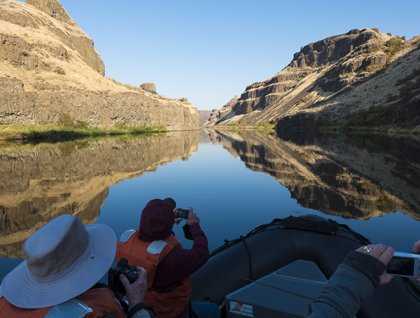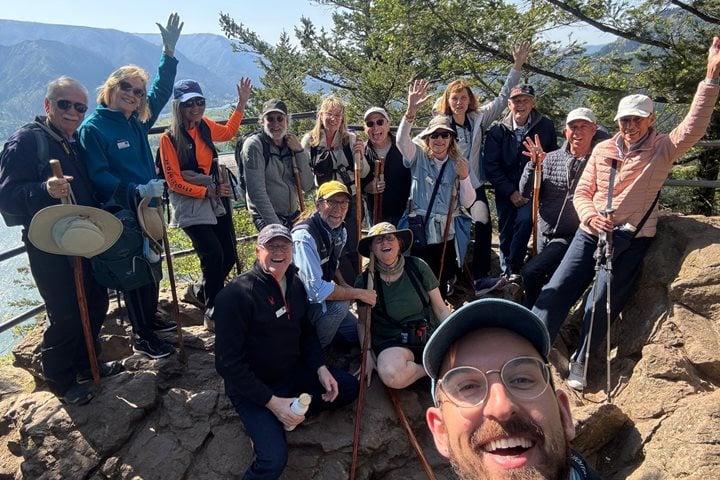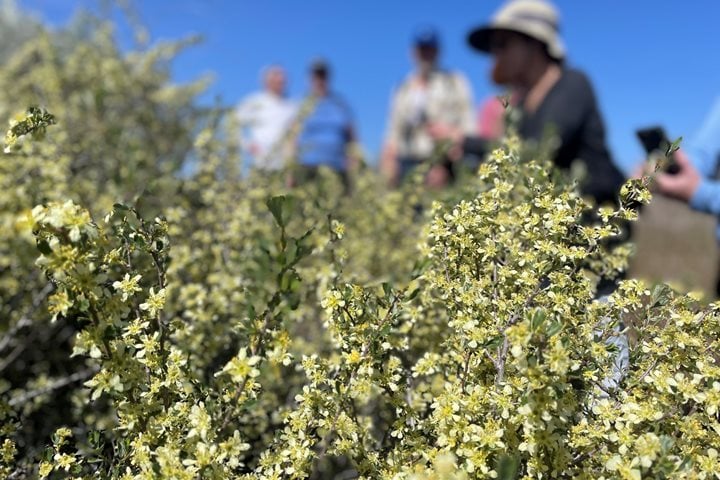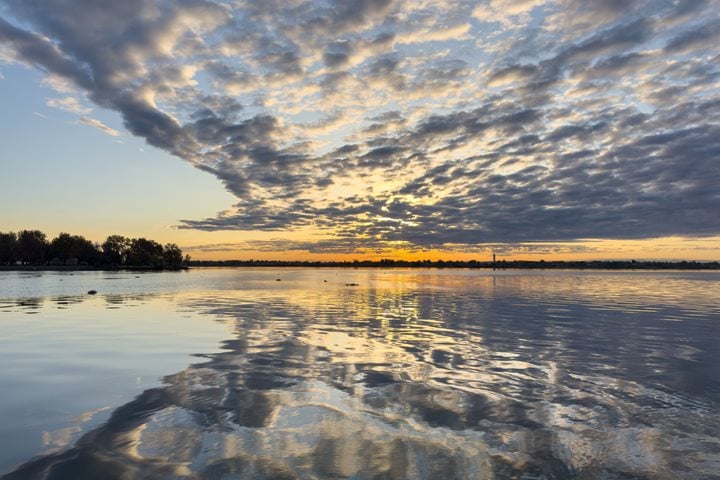Another crystal clear day in eastern Washington. This morning we find ourselves in the Palouse, where we witness an amazing display of the power of the ice age floods. Before the Pleistocene, the ancestral Palouse River was farther north and paralleling the Snake River and then emptying directly into the Columbia River. But then came the floods…stupendous floods…not one…not two but perhaps 100 of them. Where did all this water come from? From the giant continental glacier grinding away in Canada, a tongue of ice 2,000 feet thick dammed the Clark’s Fork River. Eventually, a huge lake formed (Glacial Lake Missoula) but the ice dam became unstable and catastrophically collapsed releasing a flood of biblical proportions. The flood waters overtopped the ancestral Palouse Valley and found a route to the Snake River. Racing water and ice scoured the land, ripping away blocks of basalt, sweeping up the soil and creating the scablands and the stunning Palouse Canyon. And leaving the Palouse River’s old course abandoned and dry.
While some of our guests went to see the Palouse Falls, others took an expedition landing craft cruise or a pleasant paddle in a kayak. We were all reunited by lunch and enjoyed a delightful barbeque in the warm sun on the upper deck.
In the afternoon, we passed through Lower Monumental Dam’s guillotine-style lock, dropping another 100 feet in elevation on the Snake River. Following that bit of excitement, naturalist Stewart Aitchison gave an overview of the region’s remarkable geologic history and potentially hazardous geologic future.
But as a gorgeous orange-tinged sun sank in the west and the National Geographic Sea Lion passed through Ice Harbor Lock and sailed on toward the confluence of the Snake and Columbia Rivers, concerns about earthquakes, volcanic eruptions, and tsunamis faded. After dinner, naturalist Ivan Phillipsen spoke about some of the plants and animals that were discovered by Lewis and Clark. Then it was time to hit the sack and dream about tomorrow’s adventures.







